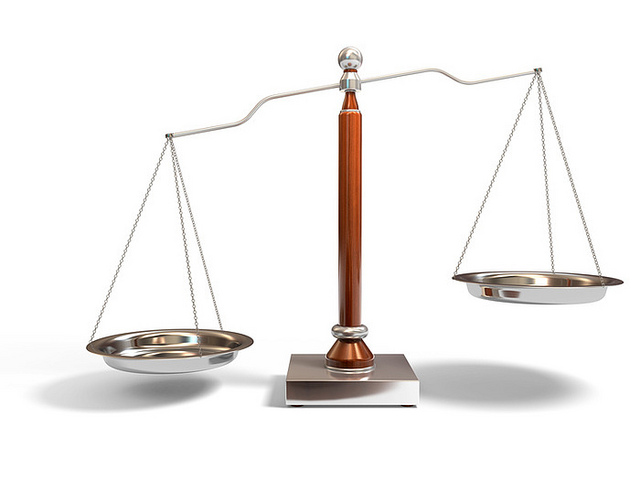This post has already been read 9949 times!

Note: This is a series of posts that explore the technology transformation that many supply chains are undergoing, and discuss how these changes can help the wider organization move from “good” to “great”. Today I want to talk about something called the Balanced Scorecard.
The Balanced Scorecard is interesting in that its definition actually reflects the traditional ERP limitations we discussed previously. In their taxonomy the measurements are actually broken out as either outcomes or drivers where the outcomes are lagging measures and the drivers are leading measures. Examples of lagging measures are revenue growth percentage, return on capital, customer satisfaction ratings, and product contribution margins. Examples of drivers include revenue mix, price variance, training hours, and customer face time.
A strong suite for this method is the usage of a Strategic Map. Objectives are mapped into measurements in finance, customer, processes, and learning.
All the so called ‘lagging’ measures can actually be calculated in real time using the One Network platform and projected forward in time based on planned operations as defined by the Integrated Business Plan.
Thus in our new paradigm there isn’t a division of lagging measures and drivers. Lag is virtually eliminated unless required for comparative purposes and the financial measures can now become drivers.
To read more about this subject, I suggest you read the new whitepaper, Supply Chain’s New World Order”, where I also discuss the cloud, S&OP, and why a holistic approach is needed for supply chain management.
- Map of U.S. Trucking Spills in 2016 - January 13, 2017
- What is aPaaS? A Way to Supercharge Your App Development - December 12, 2016
- Future of Transportation: Goodyear’s Radical Smart Tire Concept - November 3, 2016
